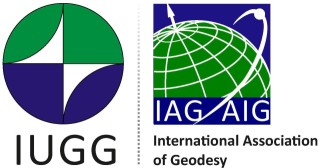The postglacial rebound, or Glacial Isostatic Adjustment (GIA), in Fennoscandia is a well-known and extensively studied phenomenon. Systematic, repeated relative gravity measurements started here in 1966 along the so-called Fennoscandian land uplift gravity lines. The main purpose of these observations was to investigate the GIA-induced gravity change and its relation to the geometrical land uplift. Since the 1990s the relative measurements have been complemented and gradually succeeded by repeated absolute gravity observations.
We present, for the first time, the results from almost three decades of repeated absolute gravity observations and compare with the vertical, geometrical deformation rate from a new land uplift model, released by the Nordic Geodetic Commission (NKG) in 2016. The model relies on more than twenty years of GNSS data from permanent reference stations and repeated national levelling campaigns during the last century. The empirical data are combined with a state of the art GIA model.
The empirical results of the relation between the gravity rate of change and the geometrical land uplift are compared to and confirm a theoretical relation from GIA-modelling (1-D earth rheology, normal mode approach). We discuss important aspects of modelled predictions of the relation, such as dependence on earth/ice model, elastic versus viscous contributions, direct attraction and how the predicted relation varies in time and space.

 PDF version
PDF version
